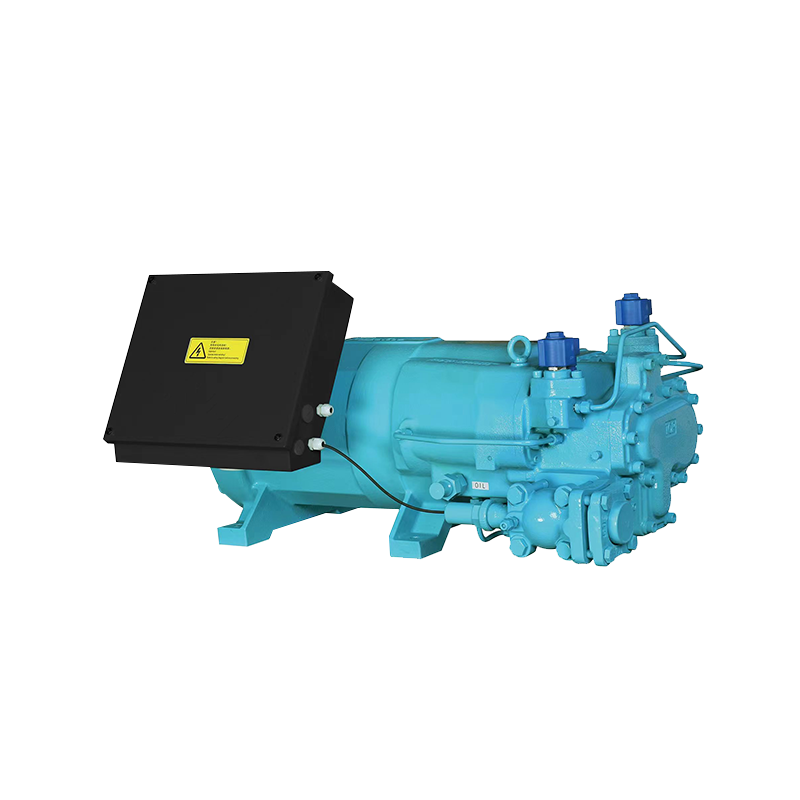Polyurethane material has extremely low thermal conductivity, which can effectively prevent the transfer of heat. As the inner core of the cold storage panel, polyurethane can significantly reduce the loss of heat from inside the cold storage to the outside of the cold storage and the intrusion of heat from outside into the cold storage. Polyurethane materials not only have good thermal insulation effects, but are also light in weight and high in strength, making them easy to process and install. At the same time, they can reduce the burden on the overall structure of the cold storage.
Colored steel plates and stainless steel plates have good mechanical properties and corrosion resistance, and can protect the internal structure of the cold storage panels from the external environment, thereby maintaining the integrity and heat insulation performance of the cold storage panels. The surface of color steel plates and stainless steel plates has a certain degree of reflectivity, which can reflect part of the solar radiation and reduce heat entering the cold storage through radiation. Through precise processing and installation, color steel plates and stainless steel plates can form tight joints to reduce heat transfer caused by air convection.
The multi-layer structural design of cold storage panels is the key to ensuring their thermal insulation performance. As the core, the thermal insulation layer usually uses high-density lightweight polyurethane foam. Its closed-cell structure effectively prevents air convection and heat conduction, achieving excellent thermal insulation effect. The reinforcement layer enhances the overall strength and rigidity of the cold storage panel and prevents deformation or damage caused by temperature changes or external forces. The outermost protective layer, such as color steel plate or stainless steel plate, not only provides a beautiful appearance, but also has the characteristics of corrosion resistance, wear resistance and easy cleaning, further extending the service life of the cold storage panel.
In cold storage construction, the connectivity of insulation materials is a crucial technical point. The cold bridge effect is caused by the discontinuity or weak link in the insulation layer, which causes the heat to be concentrated there, thus reducing the overall insulation effect. To avoid this, construction workers will pay special attention to the continuity of the insulation layer in the walls, floors, roofs, and at various corners and joints. Through precise measurement, meticulous construction and strict quality control, it is ensured that the thermal insulation layer forms a complete and uninterrupted thermal insulation barrier throughout the entire cold storage space, effectively reducing the occurrence of the cold bridge effect.
With the advancement of technology, more and more cold storages are beginning to use intelligent access control systems to manage the opening and closing of cold storage doors. These systems can not only accurately control the door opening and closing time and frequency to avoid temperature changes caused by frequent opening of the door, but also monitor the sealing status of the door in real time through sensors. Once it is found that the door is not closed tightly or the seal is not tight, the system will immediately sound an alarm to remind the operator to handle it in time. In addition, some advanced access control systems can also be linked with the temperature control system of the cold storage to automatically adjust the door opening and closing strategy according to the temperature in the storage to achieve more refined temperature management.
The seams between cold storage panels and the connections between the cold storage and other components are key nodes for thermal insulation performance. In order to ensure the sealing and thermal insulation of these parts, construction workers will use high-quality sealing materials. These sealing materials are typically flexible and weather-resistant, allowing them to maintain stable performance in a variety of environments. During the construction process, construction workers will carefully clean up debris and moisture at the joints to ensure that the sealing material can closely adhere to the joint surface. They will then use specialist tools and techniques to evenly apply the sealing material to the joints and ensure it is fully cured. In this way, the seams can be ensured to be sealed tightly and evenly, effectively preventing the penetration of air and heat.
The cold storage effectively reduces the temperature difference between the inside and outside of the cold storage by using lightweight polyurethane as the inner core material, external color steel plates and stainless steel plates as the protective layer, reasonably designed heat insulation layers, and strict sealing and insulation measures. heat transfer, thus improving the insulation performance and operating efficiency of the cold storage.
Industry News
Home / News / Industry News / How do the materials used in cold storage reduce heat transfer caused by the temperature difference between the inside and outside of the cold storage?How do the materials used in cold storage reduce heat transfer caused by the temperature difference between the inside and outside of the cold storage?
PREV:What specific industries or application scenarios are the excellent Briliant Semi-Hermetic Piston Refrigeration Compressor suitable for?NEXT:How does Copeland ZW Series Scroll Compressor For Heat Pump maintain high efficiency and low energy consumption while increasing the temperature of hot water?

 English
English Español
Español عربى
عربى русский
русский











